In this post, I share where you can find Church Records for Reynosa, Tamaulipas, Mexico. I also share information about index books for these records.
More than often FamilySearch is our go-to resource for records but not when it comes to Reynosa. A quick search in their catalog will only tell you about the index books that they have in their library about Reynosa.
The church marriage, baptismal, and death/burial records I have seen for Reynosa are part of the Frank Cushman Pierce Collection which consists of two microfilm reels.
To be honest with you I have no idea who may have the original records that these films were created with.
What I know is that the University of Texas Rio Grande Valley (UTRGV), located in Edinburg, Texas, has printed these films and has them available to researchers like you and me in their Lower Rio Grande Special Collections.
Available Reynosa Church Records
- Reynosa Baptismals, 1800-1912
- Reynosa Marriages, 1811-1823
- Reynosa Deaths, 1837-1845
- Reynosa Deaths, 1859-1860
The above is how they are labeled but years are missing between some of those dates.
Available Index Books for Reynosa
Reynosa Church Baptism Records 1800 – 1912
Matrimonios de Reynosa Años 1791-1912
The above index books will help you find your ancestors and then you can use the date of the baptism or marriage to find a copy of the original image at UTRGV. FYI: If you need a record from this collection I can get it for you (for a fee), just leave a comment below and I will email you back with details.
Note: Originally posted on Jan 31, 2013, and last updated on Mar 5, 2024

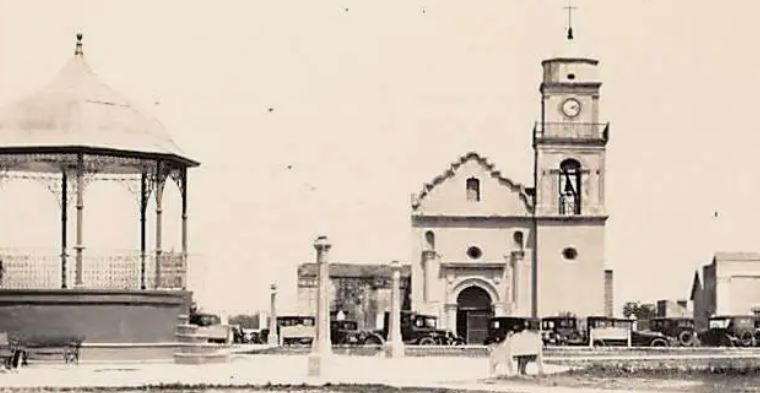

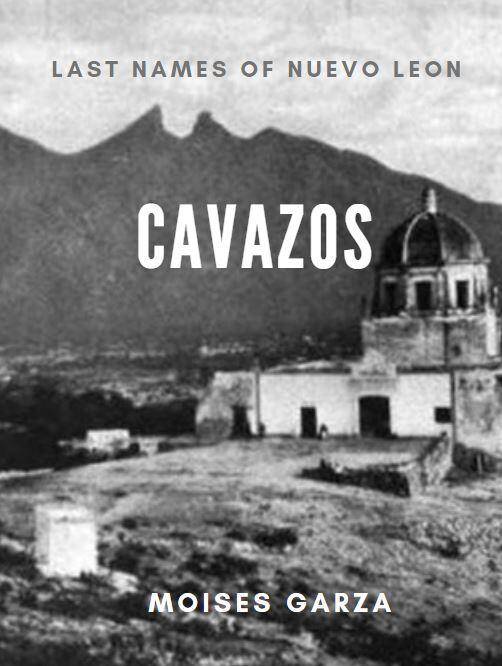
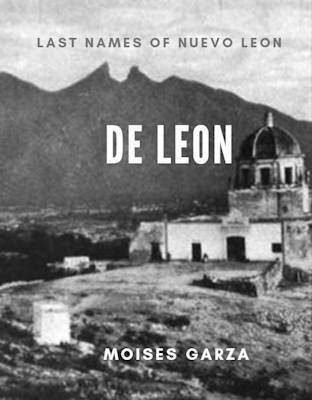
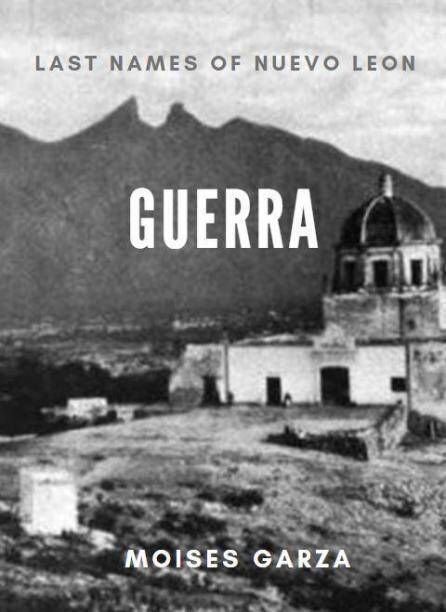
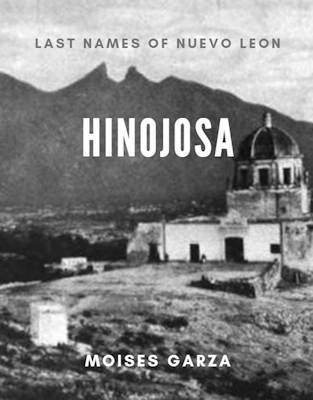
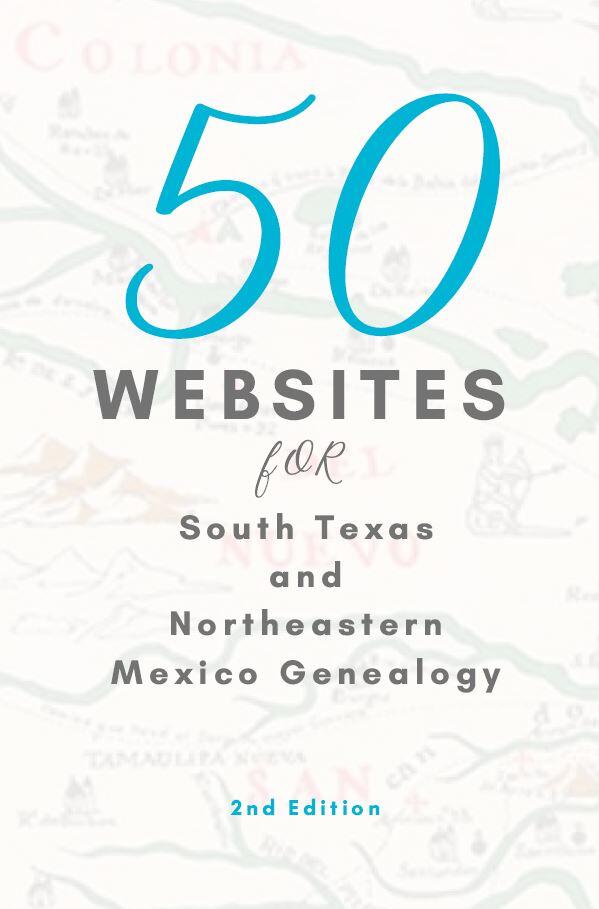
I am trying to locate records located in San Carlos Tamaulipas before 1878. FamilySearch has no records before this date. I was wondering where to locate them, if they exist or if they are in a neighboring parish such as Burgos. If you have any information let me know! thanks.
Civil Registry records started in 1859/1860 but I have seen some places start them latter and church records go back further. Check out when the Municipio was formed since records start when Municipios are formed and for Church records you will need to do some research as to what church had jurisdiction over the particular locality you are researching. If Burgos is the nearest town and if it is older than San Carlos more than likely you can fins church and civil records there. Good luck, let me know how it goes.
hi! i´m researching san carlos too, do you have luck finding the records?
please send me an email if you want to share some information about san carlos
[email protected]
I realize that this an old post, but I was wondering if you know if other Reynosa parish records exist elsewhere. I am interested in later Reynosa marriages from 1824 to about 1852.
Reynosa is missing from Familysearch completely, but other than the records you mention, I have no idea if any other records exist for Reynosa at all.
The loss of Reynosa's sacramental records has been a thorn in my side for decades. Almost all of my maternal ancestors were from there since the town's founding, which means I've hit a lot of brick walls over the years.
My understanding of the Frank Cushman Pierce collection is that he made photostat copies of the Reynosa records for legal purposes. He represented the local (Tejano) land-owning families who were trying to establish or defend claims to their inherited land against outside (Anglo) interests who trying to take the property for themselves. Despite the treaty between the U.S. and Mexico guaranteeing property rights to the current holders (at that time), those outsiders were quite successful in scooping up land, in particular because there were usually no documents demonstrating ownership. The lands were usually informally divided according to Spanish custom, rather than being registered and/or transfered in the (now legally required) American system. In order to prove ownership in a U.S. court, descent from the last documented owner would be required, which is where the Reynosa sacramental records come in. Pierce was also described as a "genealogist." He would have used his copies to document the ancestry of his clients and establish their claim to family lands.
The disappearance of the original records is an ongoing mystery. Considering that large amounts of money were at stake, it seems likely (to me) that people who were trying to take land away from the rightful owners got their hands on the books and then destroyed them. Whether they paid a corrumpt priest to hand them over or they found a way to simply take them, who knows? I find it difficult to believe, though, that no one at the institutions who ended up with copies of the records ever questioned their origin, or set out to find the originals, or to question someone who knew about what happened. There seems to have been a longstanding wall of silence associated with the Reynosa records, which I noticed as far back as the 1980s.
It is my understanding that at least three copies of Frank Cushman Pierce's photostat reproductions exist and are available for public research. I think the originals are owned by the genalogical society based in Brownsville (whose name currently escapes me). Another set is at the Special Collections Library on the Edinburg campus of UTRGV (formerly UTPA, formerly Pan-American). A third set is available in Austin at the University of Texas Library (in, I think, the Dolph Briscoe Center, but if not there, then next door). Importantly, there is no digital, online access to the copies. I've been given to understand that the genealogical society in Brownsville has been instrumental in preventing reproduction and made it a condition of their gifts to the two University libraries (though, of course, I could be wrong).
However, it should be noted that the original photostats themselves are long out of copyright, and the reproductions in the two libraries were not ever subject to copyright protection (since they are just copies with no additions, comments, or enhancements). Furthermore, digital photographs of the copies are allowed at both the Universities, and since they are not protected by copyright and would fall under the principle of Fair Use, they can be shared online.
There are two important things to remember if you want to see the records. First is that they are often quite washed out and even blurry, as well as being printed in negative. They can be difficult to search, read, and photograph. Second, very, very importantly, not all of the records in the index exist in a copied, printed form. There are substantial gaps of years. Although the online catalogs for the two libraries explicitly state that copies of the baptisms are available, in fact they are not. Both libraries have an INDEX, but not necessarily copies of the originals to view. Many originals are available, but many are not; and the people who work there are unaware of this fact! What I am saying is, if you are traveling there to examine one specific record, be prepared for the possibility of disappointment.